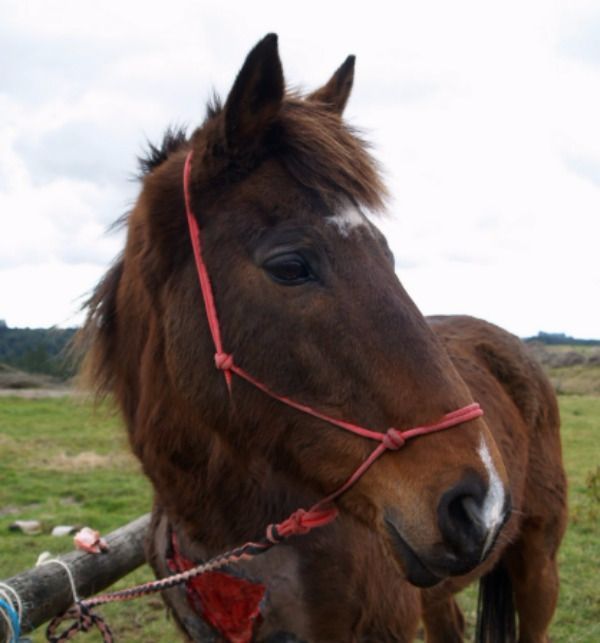Jake the Farm Horse: FiltaBac used to close his chest wound
| Mar 28, 2017

Jake the Farm Horse 10 days after his initial injury.
| Image 1 | Image 2 | Image 3 | ||
| Image 4 | Image 5 |
Image 6 | ||
Image 7 Jake today
Top Left image is Jake, a farm horse used for stock work and as a family riding horse. He was found in his paddock with a terrible chest wound - probably from being pushed into wire by his mates!
Initially the wound was sutured closed, he had oral antibiotics and anti-inflammatories for 10 days but the wound opened up, due to the highly mobile area it is in. The Vet decided to use FILTABAC from this point on.
Image 1:The wound was clean, no sign of infection but very open with pockets of fluid pooling in the lower part of his chest.
A very difficult area to bandage!
Image 2: The Vet shaved the area, removed the old sutures and dead skin, ready for the first application of FILTABAC - an antibacterial ‘second skin’ wound dressing cream and protective cover for animals.
Image 3: FILTABAC applied to the wound bed, in this case moderately thickly. Application is daily (or more frequently if there is a lot of ooze) for 2 days - then gently wash off old cream and serum on the 3rd day before re-application.
Image 4: 2 WEEKS after using FILTABAC; the wound edges are rolling in, no infection or ooze, pink viable moist tissue, no scabbing. Continued with daily application and gently washing off every 3rd day.
Image's 5 & 6: 4 WEEKS after using FILTABAC; the wound has significantly reduced in diameter, continues to remain clean and pink. The hair regrowing around the outer edges of the wound is dark brown.
Image 7: It took 2 months (8 weeks) for the wound to close completely. and not require daily cover with FILTABAC. This is Jake today - the only reminder of his wound is the darker hair in the shape of the original tear! No scarring or white hair to be seen.
